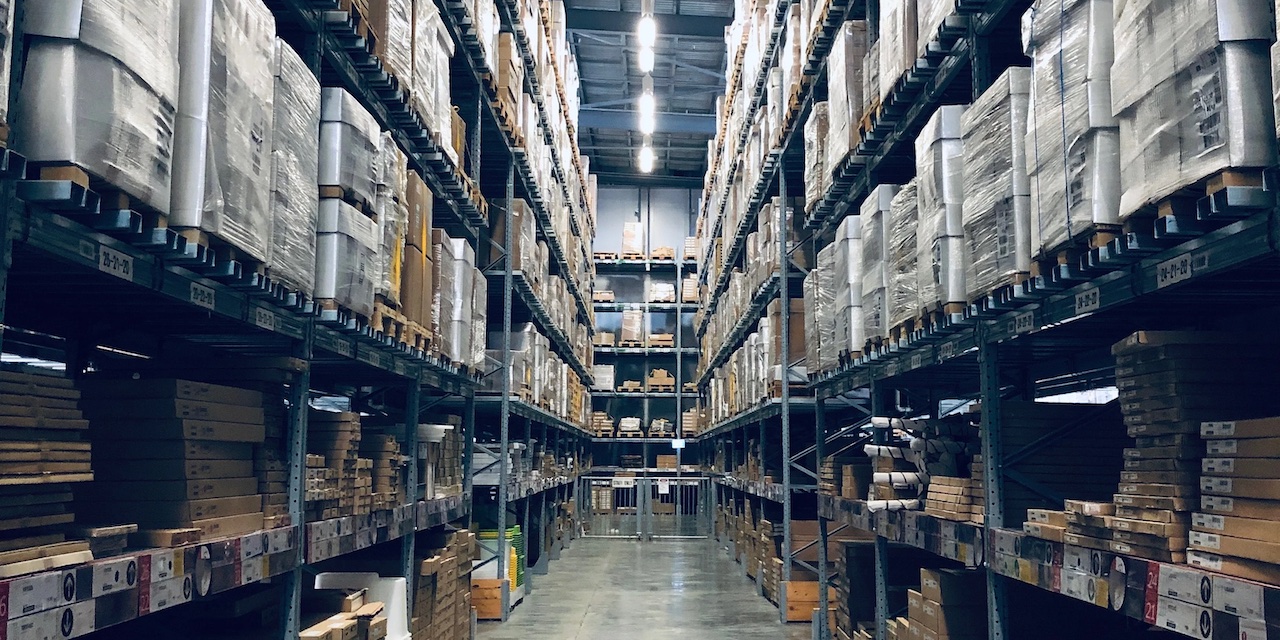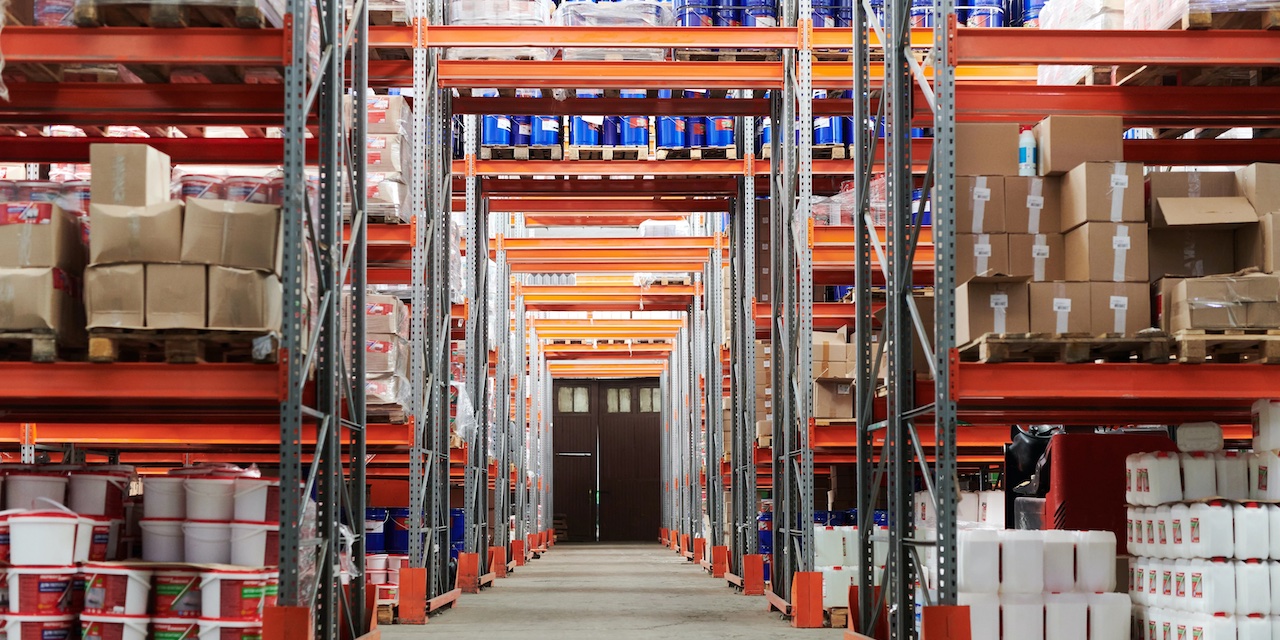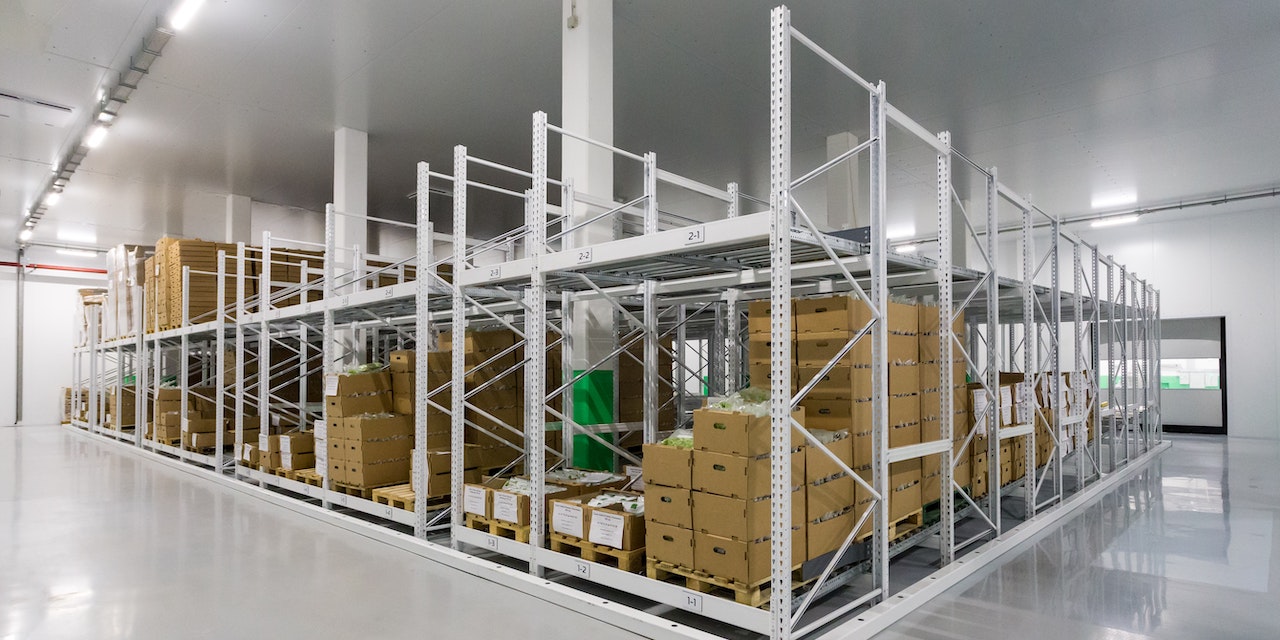In order to answer your request, we are obligated to process the data given above. Sometimes, however, we would like to use them for slightly different purposes, such as statistical data or informing you about our new products and services.We promise that we will use the given information for communication purposes only. We also remind you that you can unsubscribe from our mailing at any time (see Privacy Policy).
Improving warehouse efficiency may only seem simple; even if everything works as it should, it is precisely because a lot of work has gone into streamlining the entire warehouse management process.
The warehouse efficiency is like a swan: what we see is a majestic bird gliding gracefully on the surface of the water. We forget, however, that he is waving his legs quickly and precisely underneath.
So how to improve warehouse efficiency so that it works even better? Immerse yourself in the post with us - and check out the most effective tips for improving warehouse productivity.
Warehouse Operation: it's all about productivity and costs
The easiest and most obvious solutions sometimes turn out to be the best. Before you begin to come up with increasingly complex ideas for optimizing supply chain efficiency, carry out what in sociology is called "participatory maintenance".
Put simply, visit your warehouse - and spend a few hours looking at your employees' work. Do they often have to go for goods from one end to another of the warehouse? Do they have the necessary packaging and labeling tools at hand? Do they use cross-docking?
These are only the most obvious of the potential observations that will allow you to reduce errors and costs amount and additionally save time. Below you will find some additional aspects that are worth paying attention to.
First of all, reduce time waste. It is extremely simple to save the time devoted to unnecessary activities - remember, however, that as the old proverb says, time costs money (literally in this case). Warehouse workers will appreciate the efforts to strategically place stored items and make efficient picking plans, which will save them from walking from one end of the warehouse to the other. Make sure that SKUs with the highest turnover rate are stored in easy-to-reach locations, so that their replenishment is much easier. Put heavy or bulky items on the lower pallet racks, so that they'll be more accessible.
Taking care of tidying up the warehouse space and improving warehouse layout is one of the key steps towards improving business efficiency. Greater warehouse productivity should be immediately visible; the same as noticeable employees' work satisfaction level.
Also, collect feedback from workers - only warehouse personnel knows what can be improved during manual daily work in such a place. Also, remember to reward the most committed employees from time to time by giving them an incentive pay;)
Don't forget about warehouse organisation, in particular about workstation organizing: arrange necessary tools, which are of good quality. Encourage warehouse managers to focus on proper employee training - for example in the scope of using the scanner. Note that even the longest-working employees need to refresh their knowledge from time to time and require extensive training.
Provide warehouse employees with free access to storage containers (including taller storage units if needed - taking care of vertical space in your warehouse at the end of the day may turn out to be crucial) and streamline packing operations - thanks to keeping clean available space around dedicated stands.
Note that organizing the warehouse from the inside is one thing; the other is the matter of the location of... the warehouse itself. Warehouse location is crucial from the delivery time side. Ensure that fulfillment centers placed near the most popular order destination points are filled with high-demand products (almost) only.
Warehouse Management System
Taking advantage of the Warehouse Management System (WMS) is something that might seem obvious in the world of logistics. It allows you to plan your workflow and layout and suggest changes that have a real impact on efficiency, which you simply could not capture during the observation with a keen eye.
WMS will also help to choose the best method for inventory picking - and show employees the best ways for the fastest selection of products to order. It also allows tracking inventory in a much easier way, to more effective inventory management, which significantly improves the warehouse's performance and reduces losses.
Remember: manually product tracking means a lot of wasted time and effort. Modern warehouse technology and management allow for the automation of these processes, among others thanks to radio frequency identification (RFID) and bar codes - letting to take better inventory control thanks to tracking the path of goods from the moment it appears in the warehouse until it leaves.
If you are wondering whether to choose RFID technology or stick to bar codes - the latter are cheaper and take up less space on the packaging. In turn, RFID is a new system that is still evolving - and may become the real future of inventory tracking in warehouses hereafter.
Warehouse Efficiency Tips: take full control of distribution centers
The tips described above, however, are only the beginning of the road to greater effectiveness. Improving warehouse efficiency can be done in a few more simple steps.
One of them may be... taking care of the energy consumption in the facility. This is one of the significant costs for warehouses. But how can this be done? Use natural light whenever possible so that you'll save on electricity. It's also a good idea to install motion-sensitive lighting - which will turn off automatically when the warehouse workforce leaves the room.
Another pro-tip allowing to improve efficiency may be to cut labor costs thank to using downtime to train employees - also those working in other positions. This will allow you to maintain the continuity of work in the future, e.g. during the so-called high season - and to shift employees to more demanding positions at a given time.
What's more, note that personnel ongoing training is not a one-time operation, but the whole long process - the more important that while working in the warehouse, many accidents can happen (unfortunately). Properly conducted employees training focused on using safety equipment allows to prevent such incidents - the more often you inform about the established procedures, the better they will be remembered by employees and will have a real impact on warehouse labor productivity.
The third piece of advice is to take care of your machinery and equipment generally. Let's be honest: forklifts and other heavy equipment used during work in the warehouse are not the cheapest tools. You should therefore remember about their routine maintenance to prevent breakdowns - and the associated repair costs and the costs of downtime. Create a rotating hardware maintenance schedule so you can be sure, that there is always at least one machine out of several necessary to perform a given activity that will be fully operational and ready to work.
Staying in the subject of machinery, do not invest in cheap equipment, but in good quality one - even if its price is much higher. Cheaper items are more likely to get damaged, can be inconvenient to use, and generally, apart from the lower capital incurred, do not have many advantages. This kind of saving is only ostensible.
Focus on lean manufacturing. Thanks to this, you will reduce waste of any kind, shorten the time of loading and unloading vehicles and restocking. Simply put: you will increase the efficiency of the warehouse, reduce costs, and will not lose sales opportunities.
Make warehouse work smoother - avoid delays related to new shipments receiving. Of course, we are aware that incoming goods cannot always be unloaded and processed on the spot. However, try to take care of them as soon as possible - if left on pallets, they take up unnecessary space, pose a threat and introduce unnecessary mess.
Deploy advanced shipping notifications (ASN) system. This will reduce the number of errors made, including e.g. too much or too little staff at the receiving dock or shipping dock, and generally speaking, will have a great impact on warehouse operations.
In addition to taking a close look at the warehouse's operation yourself, once in a while, it is worth conducting an audit that will cover every area of the warehouse activity - from organizing inventory to the efficiency of order completion. If you are unable to do a warehouse audit yourself internally - don't worry, some companies specialize in this and will be happy to do the work for you.
Take advantage of the possibilities offered by inbound logistics and cross-docking. If some items arrive at your warehouse and should almost immediately go to another location (no matter whether it is production or warehouse) - there is no point in taking actions related to the storage of these goods for a long time. Reload them as soon as possible.
And at the very end (or actually at the beginning of your work) - analyze the goals you set earlier. Manage critical KPIs - and check which of them are of real importance for your business, whether all of them are measurable, and, most importantly, realistic.

Improving Warehouse Efficiency Tips: Summing Up
An efficient warehouse does not have to be just a dream of the future that has never been realized improving its operations is at your fingertips. Increased productivity is achievable even in the shortest possible time - as long as you implement the principles we mentioned.
If you take care of a few simple steps, including WMS, proper storage solutions, stock management, inventory accuracy, and quality equipment we predict great logistic success for you. Remember - simply saying, it's all about activities that allow you to improve warehouse operations and customer satisfaction, reduce warehouse costs and save money.
Improve warehouse productivity today - we keep our fingers crossed so that this process goes smoothly, efficiently, and for the benefit of your supply chain management.





